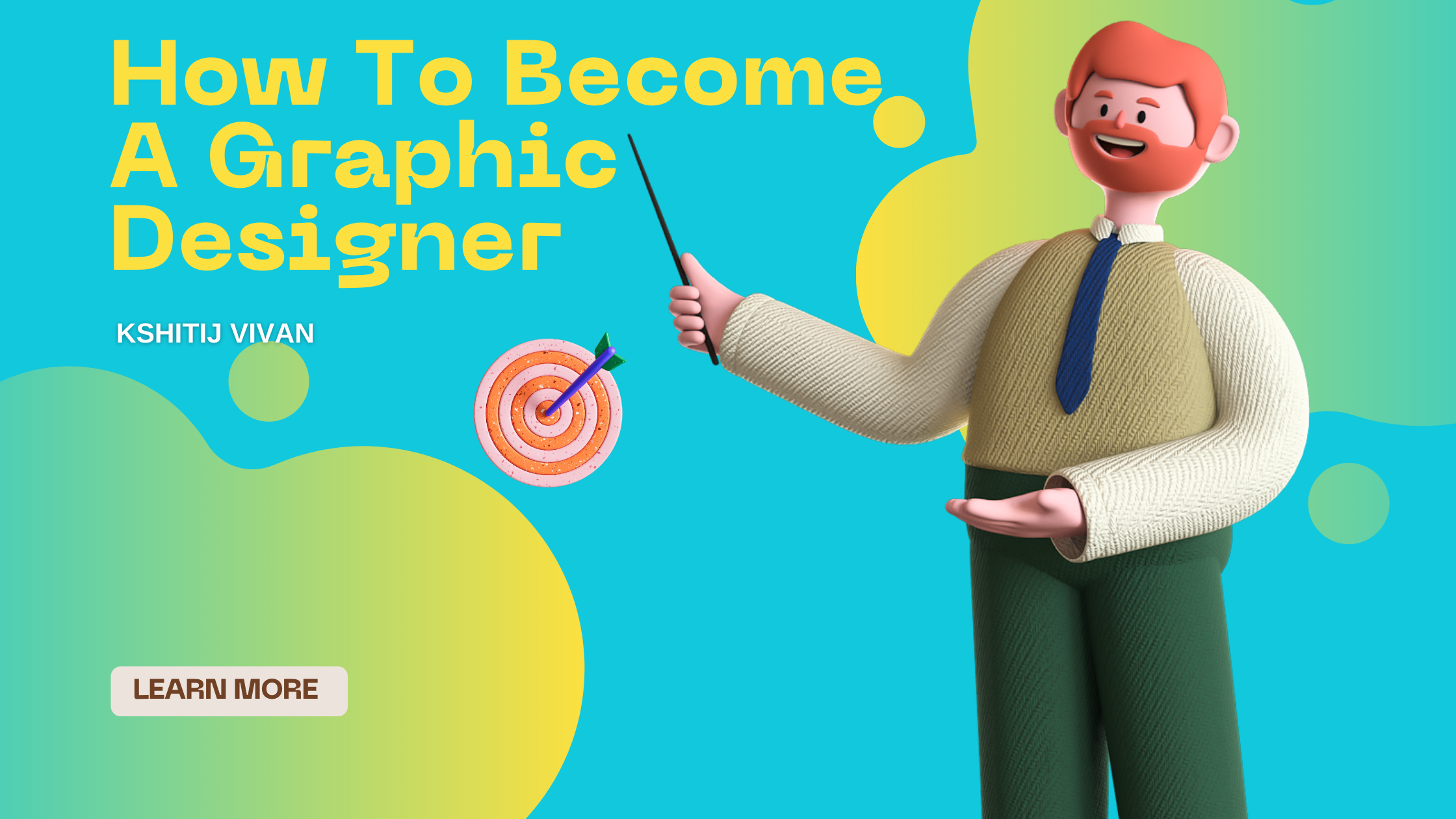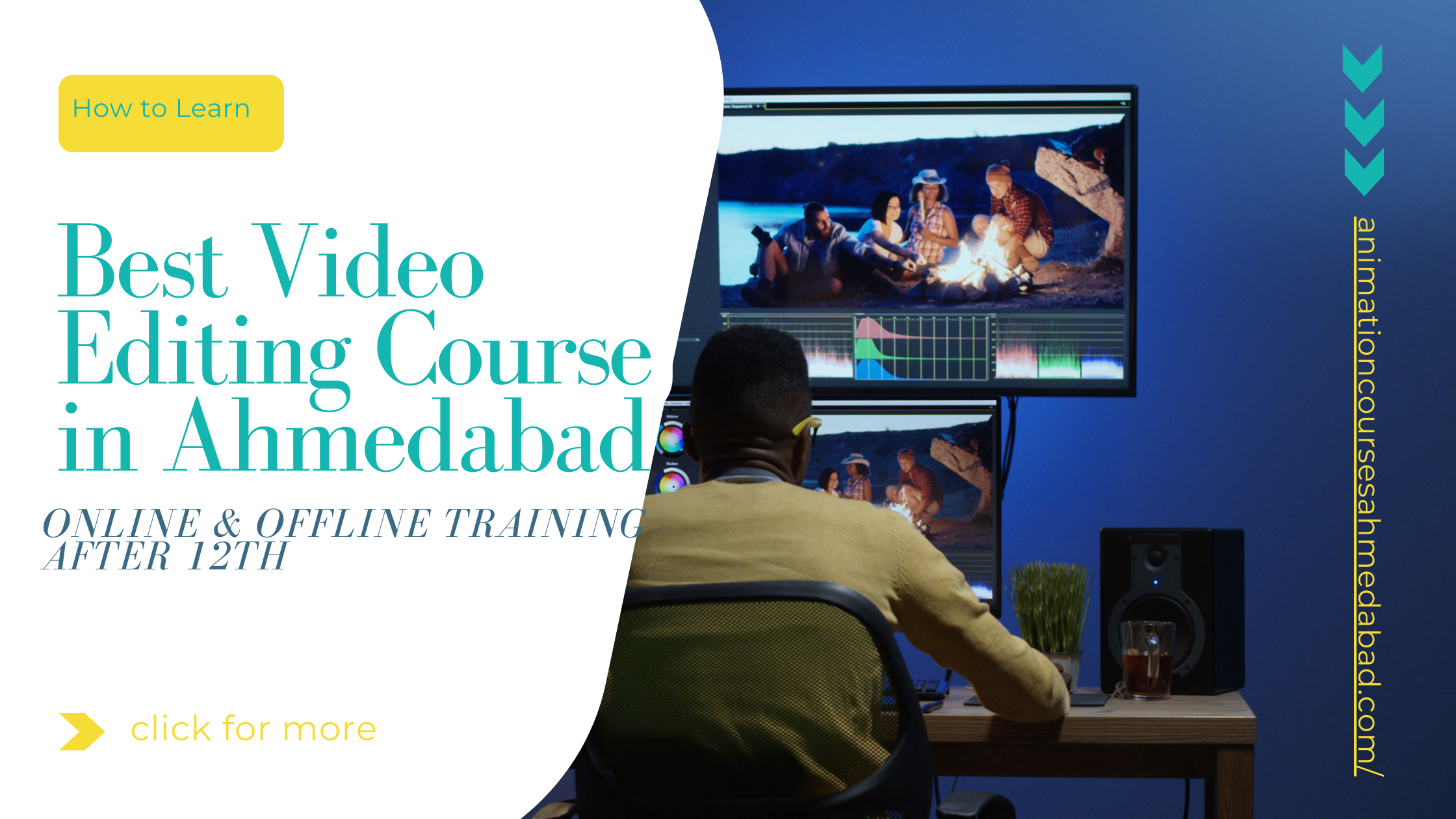
How To Become A Graphic Designer, Skills, & 9 Steps To Be Professional In 2023
Becoming a graphic designer can be a rewarding career, but it isn't as simple as just coming up with an idea and starting to design. There's a lot of skill involved in becoming a good graphic designer, and it takes time to develop. This guide will teach you everything you need to know about how to become a graphic designer.
How To Become A Graphic Designer In 2022
Start from the basics of designs and creatives
-
Understand the basics of design. Design is not just a piece of art. It is a way to communicate with your audience and potential clients, so you need to understand how it works and how you can use it to your advantage.
- Understand the basics of creativity. Creativity is what will help you come up with great designs for companies or products/services, so you must know how this concept works for this career path to work out for you.
- Understand the basics of business. Being able to understand business concepts will help with communicating with clients and knowing what they like when designing their products/services, making sure they're satisfied enough so they keep coming back again!
- Understand the basics of technology (or at least have an interest). Technology plays an important role in graphic design because computers are used as tools during many parts throughout this career path; therefore knowing about them would make things easier later down the line if there were ever any problems while working on projects together."
Learn the technical skills
- Learn Photoshop. Photoshop is the most common design software and is useful for creating logos, illustrations, and other digital art. It's also great for photo editing.
- Learn Illustrator. Illustrator is used to create vector-based graphics like logos, icons, and web buttons that can be scaled up or down with no loss of quality (like rasterized images).
- Learn InDesign. InDesign is a tool used to put together printed materials like posters, magazines, brochures, and greeting cards by placing text and graphics on individual pages and then adding color throughout the document as well as section breaks between different pages/sections of your project. This makes it easy for you to print out multiple copies at once without having them all merged into one big document!
Check out these graphic designing courses for your career enhancement.
Follow your peers in the design industry
It's important to follow the trends in the industry, especially if you want to be a graphic designer. It's also very important for you to follow the trends in your local market and those on a global scale. You'll want to stay up-to-date with what's going on around you so that you can create content that people will find interesting and engaging.
Don't forget about trends within society at large! We live in an ever-changing world where anything could happen—and it probably will happen soon enough without even trying (or not trying). If there's something new happening somewhere far away from where most people live today but will affect them tomorrow (or even sooner), then make sure your designs reflect those changes as well!
Develop your artistic style
The next step to becoming a graphic designer is developing your style. When you're starting in the graphic design world, it can be easy to get caught up in copying other people's work or being influenced by trends that are popular at the time.
It's important to avoid this temptation and stick with what feels right for you. Try not to worry about what other people will think of your work — if they don't like it, they don't have to buy it! Don't worry about whether or not your drawings are good enough, or whether or not your paintings are realistic enough: just focus on expressing yourself through art as best as possible.
Remember that there is no "right" way of creating art — only ways that feel right for YOU!
Decide what you want to specialize in
The next step in your journey to graphic design mastery is to decide what you want to specialize in. If you're at the beginning of your career, it's smart to choose a specialty that you enjoy and that will be more likely to meet the needs of potential clients. If you want to become a graphics designer for corporate marketing purposes, for example, then focusing on digital design skills will help you stand out from other applicants.
When choosing a specialty, it's also important that you consider demand and marketability: how many businesses need someone with those skills? How much work can I make doing this? How easy is it for me to find work doing this? And will I still like doing this after 20 years? It's essential that whatever path of specialization appeals most strongly today remains one that continues appealing tomorrow!
Create a portfolio
After you've completed some of the requirements, it's time to put together a portfolio. A good portfolio can set you apart from other candidates and help hire you.
What should be included in your portfolio? Your work! Your best work! Don't just include random projects or bad ones; only include pieces that show off your creative abilities, demonstrate how well-rounded your design skills are, and show off how much thought went into each project. You'll want to show off both print and web designs if possible; however, if you don't have enough printed examples yet (or if those aren't really what you're looking for), focus on showing web designs first.
It's also important that prospective employers feel like they know who they are hiring when they look at the work in your portfolio — this means including some personal touches: an introduction letter explaining why they should hire you; links to other websites or social media profiles where clients/employers can see more examples of what kind of work interests them; maybe even a short bio about yourself as well!
Get an internship or apprenticeship
Internships and apprenticeships are great ways to get your foot in the door. They usually offer a small stipend and allow you to learn new skills and gain experience. If you're passionate about graphic design, this is a good way for you to make connections with people who do what you want to do for a living.
Many interns can find full-time positions upon graduation or after an apprenticeship has ended, so it's worth considering if you're interested in starting as an intern or apprentice.
Network, network, network!
Networking is key for graphic design. You want to build relationships that can help you advance your career, whether it be with peers, mentors, or potential employers. There are many ways to network:
- Online and offline networking events
- Networking with other designers at meetups, conferences, and events in your area
- Sending emails out to people who look like they could use your services
Keep pushing and you'll soon be working as a professional graphic designer
You're on a mission to become a graphic designer, and you won't let anything stop you. This is a good attitude to have! The first thing to remember is that there are no magic words or secret formula that makes becoming a graphic designer happen. It's all about hard work and persistence.
If you keep working at it, if you keep learning new things every day if you want to earn a good salary in graphic design, if you keep developing your skills and network, then eventually someone will notice what an amazing designer they've got on their hands - because one day soon (or possibly not so soon), this person will be hiring for their team of designers and developers! They'll see what kind of designer would fit in best with their company culture—and guess who fits the bill?
Conclusion
There’s no doubt that becoming a graphic designer is a tough career path, but if you’re passionate about design and willing to put in the time and effort, it can be done. We hope these tips have helped you on your journey toward becoming a graphic designer! Kshitij Vivan Ahmedabad is one of the Best Graphic and Animation Courses institutes For more details call 9137440042



